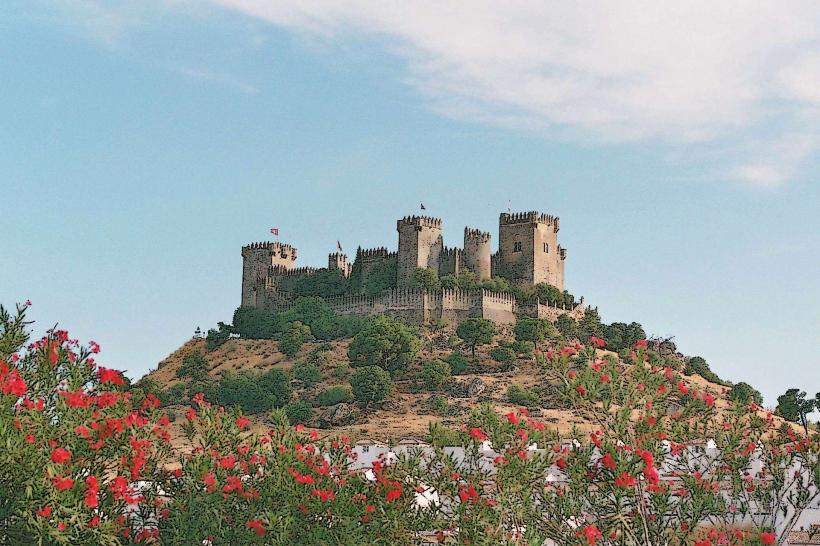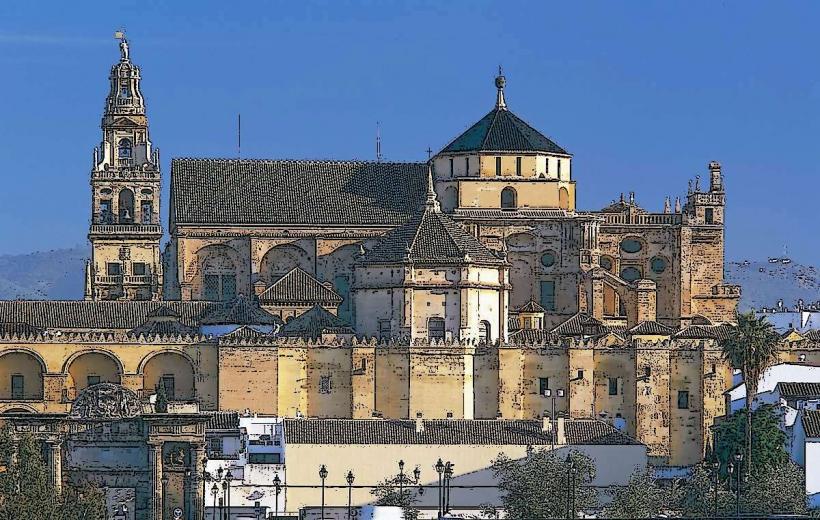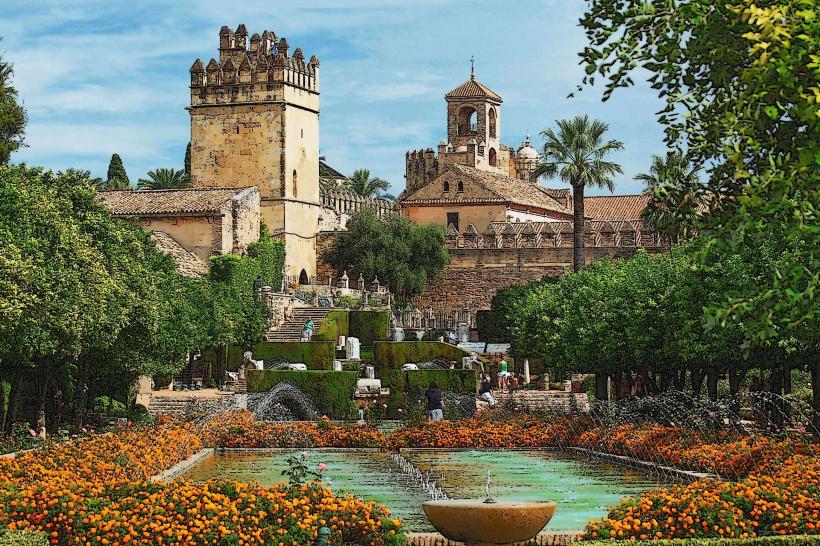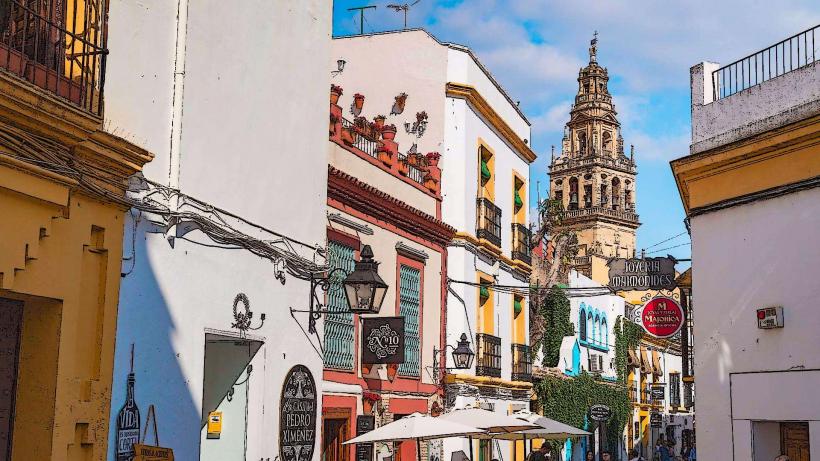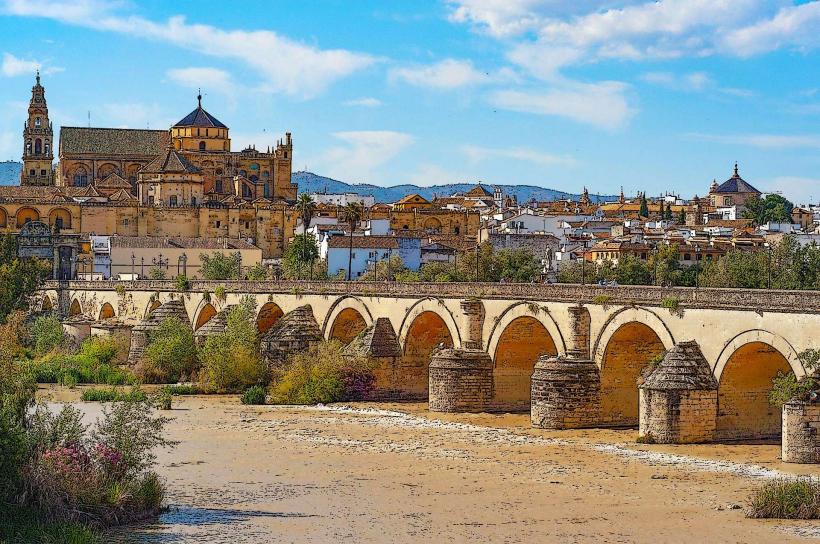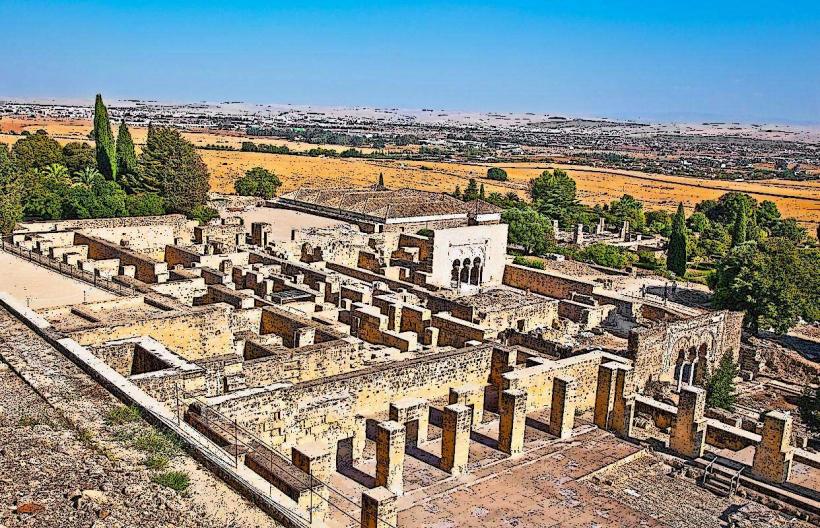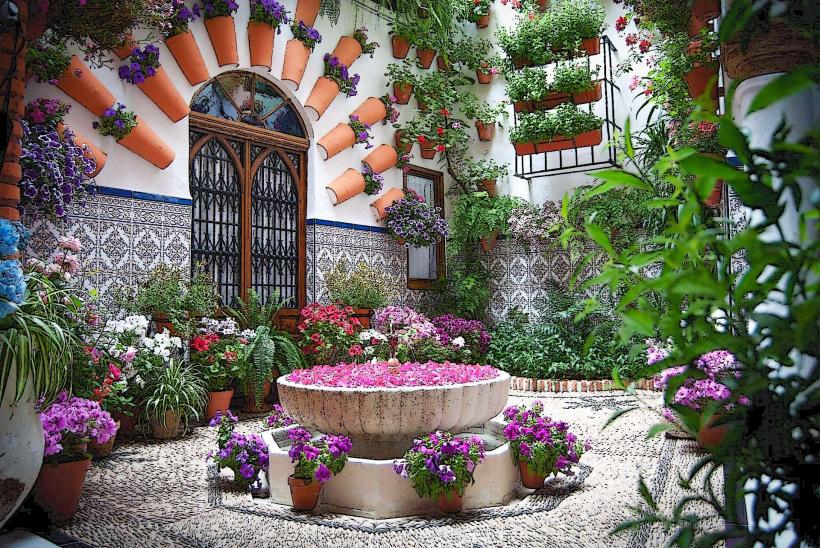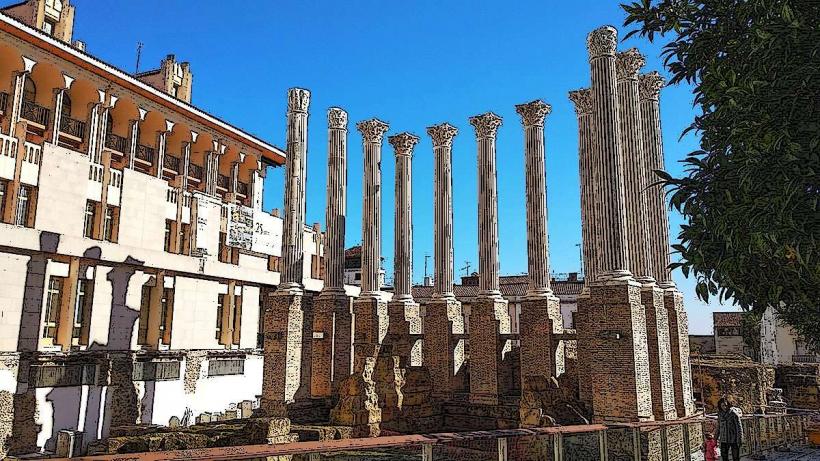Information
City: CordobaCountry: Spain
Continent: Europe
Córdoba is a historic city in southern Spain, known for its rich cultural heritage, beautiful architecture, and fascinating history. Situated along the banks of the Guadalquivir River, Córdoba was once one of the most important cities in both Roman and Islamic Spain. Today, it remains a vibrant cultural center with a unique blend of Muslim, Christian, and Jewish influences. Here’s a detailed look at Córdoba and what makes it so special:
Historical Significance
Córdoba's history spans several key periods, each leaving a lasting mark on the city’s culture and architecture:
Roman Period: Córdoba was a major city during the Roman Empire, and its importance continued through the Visigothic period. The Roman Bridge and ruins like the Temple of Augustus are reminders of the city’s Roman past.
Islamic Rule: From the 8th century to the early 11th century, Córdoba was the capital of Al-Andalus (Muslim Spain), and it became one of the largest, most prosperous cities in the world. It was a hub of learning, science, and culture, and its Grand Mosque became one of the most impressive structures in the Islamic world.
Christian Reconquest: In 1236, the city was captured by Ferdinand III of Castile. The Great Mosque was converted into the Córdoba Cathedral, and Christian influences began to merge with the city’s Islamic heritage.
Major Attractions
1. Mezquita-Catedral de Córdoba (Great Mosque-Cathedral)
- The Mezquita is perhaps the most iconic structure in Córdoba. Originally built in the 8th century as a mosque, it was expanded several times during the Islamic period. After the Christian reconquest, it was converted into a cathedral, and today, it’s a striking example of architectural fusion.
- The forest of columns inside the mosque, with red-and-white striped arches, is a mesmerizing sight. The Christian cathedral altar, added later, creates a fascinating contrast with the Islamic structure, blending Islamic and Christian architectural elements.
- The Mezquita-Catedral is a UNESCO World Heritage site and remains one of the most visited landmarks in Spain.
2. Alcázar de los Reyes Cristianos
- This fortress-palace was built in the 14th century by the Christian kings, Ferdinand and Isabella, after the reconquest of Córdoba. It features beautiful gardens, towers, and mosaic decorations. The Alcázar is famous for its lush gardens with water features, fountains, and pathways, as well as its views of the city.
- It also holds historical significance, as it was the residence of King Ferdinand and Queen Isabella when they ruled the region.
3. The Jewish Quarter (Judería)
- The Judería is one of the most charming and picturesque neighborhoods in Córdoba. It is home to narrow, winding streets, whitewashed buildings, and beautiful patios filled with flowers.
- The Synagogue of Córdoba, built in 1315, is a key attraction in the Jewish Quarter. It is one of the few remaining examples of medieval Sephardic architecture in Spain.
- The Calleja de las Flores (Street of Flowers) is one of the most photographed spots in the city, offering a postcard view of the Mezquita through a narrow, flower-filled alley.
4. Roman Bridge
- The Roman Bridge of Córdoba spans the Guadalquivir River and is one of the city’s oldest landmarks, originally built in the 1st century BC. The bridge has been restored multiple times throughout history and was used during both the Roman and Islamic periods.
- It offers stunning views of the city and connects the historic center to the Córdoba Countryside and Medina Azahara, a significant archaeological site.
5. Medina Azahara
- The ruins of Medina Azahara, located just outside the city, were the palace complex built by the Caliphate of Córdoba in the 10th century. It was once a luxurious city that served as the political and administrative capital of Al-Andalus.
- Today, Medina Azahara is an archaeological park where visitors can explore the ruins, including palatial buildings, mosques, and gardens, offering a glimpse into the splendor of Islamic Córdoba.
6. Córdoba Patios
- One of the city’s most charming features is its patios—quaint inner courtyards adorned with flowers and plants. This tradition dates back to the Roman and Islamic periods and is still celebrated today.
- The Patios Festival is held annually in May, when residents of Córdoba open their patios to the public, allowing visitors to experience the beauty of these flower-filled courtyards.
7. Córdoba Synagogue
- The Córdoba Synagogue is a 14th-century building located in the Jewish Quarter. It is one of the few surviving medieval synagogues in Spain and represents the Jewish history of the city.
- The synagogue is notable for its Mudejar architecture, a fusion of Islamic and Christian artistic styles.
8. The Roman Temple
- The Roman Temple of Córdoba is a remnant of the city’s Roman past. Located near the Plaza de la Corredera, the temple was dedicated to the gods of the Roman Empire and is one of the few remaining Roman temples in Spain.
Culture and Festivals
Córdoba is also known for its lively cultural scene, especially its festivals. Some of the most famous include:
- Fiesta de los Patios: Held in May, this festival celebrates the city’s famous flower-filled courtyards, with many private homes opening their patios to the public.
- Córdoba Flamenco Festival: A celebration of flamenco, the passionate and expressive dance and music tradition of southern Spain.
- La Semana Santa (Holy Week): Like other cities in Spain, Córdoba celebrates Holy Week with elaborate processions, including those in the historic center of the city.
- Festival de los Reyes Magos: The city celebrates Three Kings Day with a spectacular parade that draws large crowds.
Gastronomy
Córdoba is famous for its gastronomy, which combines the flavors of Andalusian cuisine with influences from its rich history. Some notable dishes and products include:
- Salmorejo: A creamy, chilled tomato soup, typically garnished with hard-boiled eggs and jamón (cured ham).
- Flamenquín: A breaded and fried dish made from pork or chicken, similar to schnitzel.
- Rabo de Toro: A slow-cooked bull’s tail stew, a traditional Andalusian dish.
- Vino de Montilla-Moriles: Córdoba is part of the Montilla-Moriles wine region, known for its sherry-style wines.
Conclusion
Córdoba is a city that showcases the blend of diverse cultures and histories that have shaped its unique identity. From the stunning architecture of the Mezquita and the Alcázar to the charm of the Jewish Quarter and the beauty of its patios, Córdoba offers an unforgettable experience. Whether you’re a history lover, art enthusiast, or simply someone looking to enjoy the rich Andalusian culture, Córdoba has something to offer everyone.

